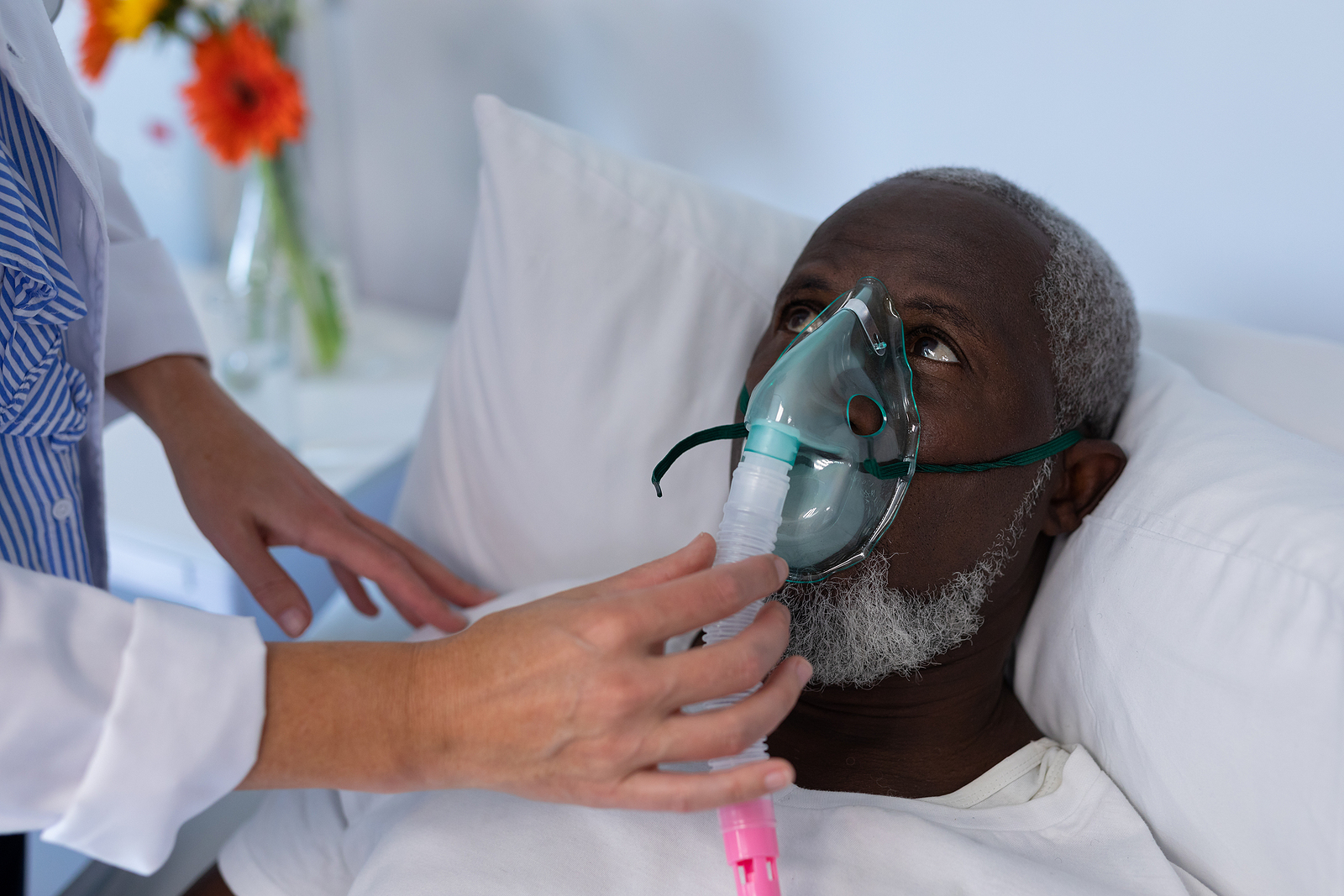Newsletter 2021
Newsletter November 2021: Editorial - The status of women in Anaesthesiology- do we have any problems?
Gabriel M. Gurman, MD
Chief Editor
The question as to why this topic shows up once again in our Newsletter after the splendid editorial written by our co-editor, Dr Liana Valeanu (Gender gap-the discussion is here to stay, ESAIC Newsletter, February 2021) should be asked.
The answer is a double one.
First, because although that editorial was read by almost 450 members, it did not produce any comment in the Newsletter, as everybody was happy to get become familiar with the subject and nothing more.
The second reason is that I had the feeling that this important topic, which is here to stay, as Dr Valeanu put it, must also be approached by a man, too, because the situation in this subject is too important for all of us, so it needs to be discussed again and again.
During all my professional career I have worked with colleagues and peers of both sexes and I must confess that I did not notice any specific gender differences regarding work conditions or performance.
Gradually, the number of female anaesthesiologists increased, and not only once I have heard that our speciality is more appropriate than others for a woman, since the system in most anaesthesia departments offers fixed work schedules, and there is almost always a possibility of replacement in the operating room for those who need to be at home at fixed hours.
Numbers say that there is a discrepancy between the percentage of females among medical school graduates (50%) and that of women anaesthesiologists, for instance around 32-33% in Canada and the UK. This is the situation while more than half of the medical workforce in the UK are females (Bailey EL. Brit J Gen Pract, June 2020).
By the way, I wonder if the same situation characterises the situation in other countries of our continent.
So, what is the problem?
Why is the percentage of male anaesthesiologists higher than that of women’ in our speciality? And another question, in my eyes much more important: are women anesthesiologists unequal work conditions responsible for this situation?
To answer this I looked into literature and found more than one explanation. It seems (almost certainly) that women anesthesiologists are not treated in the same way as their male peers.
We do not need numbers since things are more than obvious. There are fewer women in academic positions, fewer women directors of departments of anaesthesia, and fewer female speakers at scientific meetings.
The paradox is evident. Female anaesthesiologists are considered as more skilful than men, loco-regional anaesthesia techniques are more successful and safe when performed by women (in my personal opinion), but in many anaesthesia departments, people underestimate women’s performance.
There are some data about the fact that pregnancy could negatively influence the chance of female physicians to get a leadership position. Also, pregnancy is considered as one of the explanations for the fact that the income of women physicians is inferior to that of their male colleagues. This situation seems to be worldwide. Says S. Jain (J Gen Intern Med 2019;34:1362): “We must not financially penalize those who choose to have a family or combine clinical work with other interests, and we must hold regular gender pay reviews to ensure that we close the gender pay gap. If we do not rectify these wrongs, we risk losing valuable and hard-working members “.
The pay gap is another important aspect to be discussed.
In anaesthesia, like in any other speciality or profession, extra time spent at work (night duties, afternoon sessions, etc) occurs to a lesser degree for women, since many women tend to take a larger family/ home responsibility compared to men.”. Is that enough to explain the gender pay gap, which is the reality in many anaesthesia departments?
Finally, one more question: is gender discrimination a reality in our departments of anaesthesia?
I think that the danger is to generalise a situation which could exist in some places, but too many would confirm the fact that sometimes (too many times?) when a position becomes free, a man would be selected to fill it, rather than a woman with the same, or even more, abilities to fulfil the job’s requirements.
I am far from offering solutions, which are supposed to come from those who know the situation much better than me.
But one thing is sure: this reality, bad as it could be, does not leave room for what is called these days tokenism.
Google defines tokenism as: “the practice of making only a perfunctory or symbolic effort to do a particular thing, especially by recruiting a small number of people from underrepresented groups in order to give the appearance of sexual or racial equality within a workforce”. To replace a bad thing with a worse one cannot be a solution.
So what could be the solution?
I think that it has to be found, specifically, in every workplace.
And in order to solve it, one has to check what happens under his/her own eyes, because I believe that things are not the same in every place.
The scope of this editorial is to bring the topic to the attention of our readers and members, but mostly to encourage them to comment, to bring data, to offer solutions, to discuss and to dispute the subject in our Newsletter.
This is an open invitation to each of our readers to contribute, based on their own experience and opinions, to the efforts of a better understanding of what is true and what could be done.
And I would end these notes with a sentence from Dr Valeanu’s editorial: “The gender gap in healthcare will not disappear over the night. A cultural change, together with structural changes, mentorship and advocacy initiates are necessary in order to obtain better workplace environments with no discrimination and universal tolerance. Perhaps this is one of the greatest challenges that the Millennials’ generation will have to solve”.











